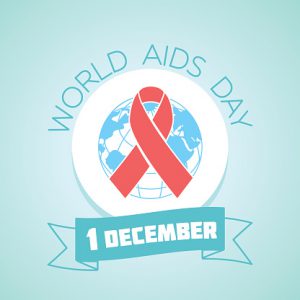
Flu season peaks between December and February. As flu activity increases, so will your chances of getting sick.
If you do get the flu, knowing the early signs and symptoms can help you to treat the illness before it becomes severe. This can also help you to prevent spreading the virus to others.
Here are a few early signs and symptoms of the flu you should pay attention to:
- Body aches and chills
- Sudden fever
- Weakness
- Loss of appetite
- Sore, scratchy throat
- Excessive fatigue
- Dry cough
Symptoms of the flu will get worse over time if treatment is not received in a timely manner. Therefore, it is recommended that you see your doctor as soon as possible. Your doctor may recommend that you get plenty of rest and stay hydrated. Antiviral medications may also be prescribed in severe cases to fight the virus.
It is important to keep in mind that the best defense against the flu is vaccination. The flu vaccine can reduce your risk of getting the flu virus. The Centers for Disease Control and Prevention recommends that everyone six months of age and older should get vaccinated.
To schedule an appointment with a doctor at Flushing Hospital Medical Center, please call 718-670-5486.
All content of this newsletter is intended for general information purposes only and is not intended or implied to be a substitute for professional medical advice, diagnosis or treatment. Please consult a medical professional before adopting any of the suggestions on this page. You must never disregard professional medical advice or delay seeking medical treatment based upon any content of this newsletter. PROMPTLY CONSULT YOUR PHYSICIAN OR CALL 911 IF YOU BELIEVE YOU HAVE A MEDICAL EMERGENCY.


